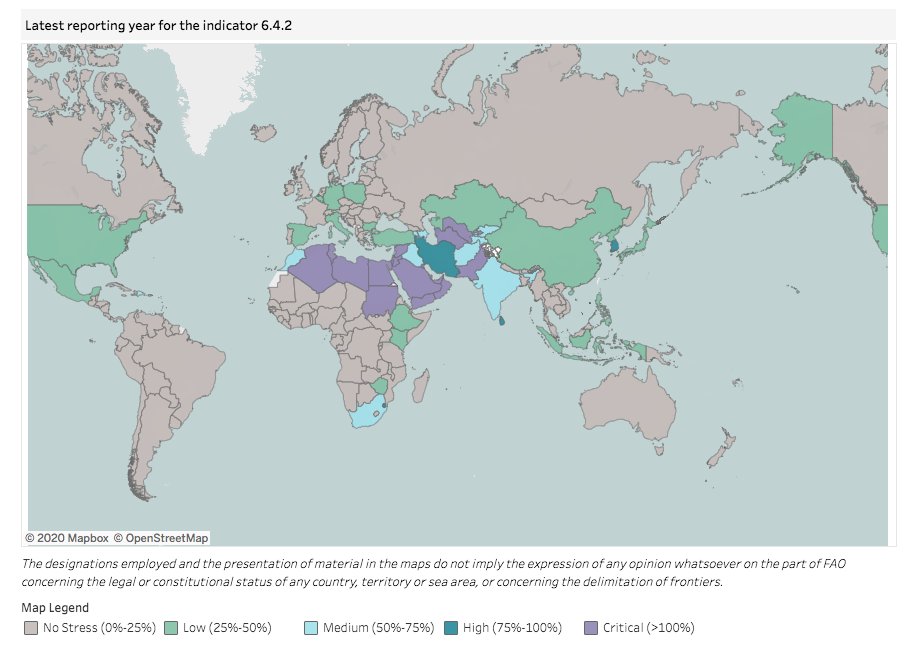
THREAD: Understanding pivot. Growing pressure from world population life-style will reach a point where it is damaging the capacity of Earth systems to an extent where life support will be challenged. It is simply a question of at what stage governments act. 1/X 

Pivot is the same at each point 1-4. I use the STOP acronym. a) Stop, or halt, all increase of extraction/drawdown. b) Think, plan measures that will restore Earth system capacity and keep delivering basic services. c) Organise, re-work old regulations and agencies and then 2/x
Proceed to act. Notice that pivots are different depending on where measures are set in. It is MUCH harder to change when carrying capacity is challenged to an extent where people are dying. However, the pivot idea is a useful decision framework as you will see in 3/x 

Pivot planning will be informed by three different criteria:
-which societal services and Earth systems are involved?
-how well is the societal system performing now?
-what drawdown stage has been reached? For example: 4/x
-which societal services and Earth systems are involved?
-how well is the societal system performing now?
-what drawdown stage has been reached? For example: 4/x
Water: FAO identify five levels of water extraction stress. Measures introduced in the light green countries will be far different than those in high stress areas. That is one dimension for pivot but not sufficient. The other level is societal performance. 5/x 

800 million people today lack access to clean water at all, and 2 billion have to use water that has at least some fecal contamination. So we are talking two sevenths of the world's population that need a pivot in service level. That brings us to four basic pivot strategies. 6/x
The diagram presents four strategies depending on the situation:
-Stewardship of current societal and Earth systems
- Increase societal performance whilst stewarding systems
- regenerate Earth system whilst ensuring society system continues to perform
- Full pivot 7/x
-Stewardship of current societal and Earth systems
- Increase societal performance whilst stewarding systems
- regenerate Earth system whilst ensuring society system continues to perform
- Full pivot 7/x

Four pivot strategies require democratic and economic pivots too. Main two: gradually increasing fees on extraction until market responds including a citizen pay-back (environmental dividend) and raising and redistributing tax surcharges (Economic stabilisation, #UBI #MMT) 8/x 

Several urgent and drastic pivots must happen. I hope we can continue to push for them during 2021 @PeterHeadCBE @ProfSteveKeen @JKSteinberger @jasonhickel @GretaThunberg @jembendell @RogerHallamCS21 @BespokePanic @burning2learn @bbaue @aheadahead1 pivotprojects.org
@threadreaderapp unroll
• • •
Missing some Tweet in this thread? You can try to
force a refresh






